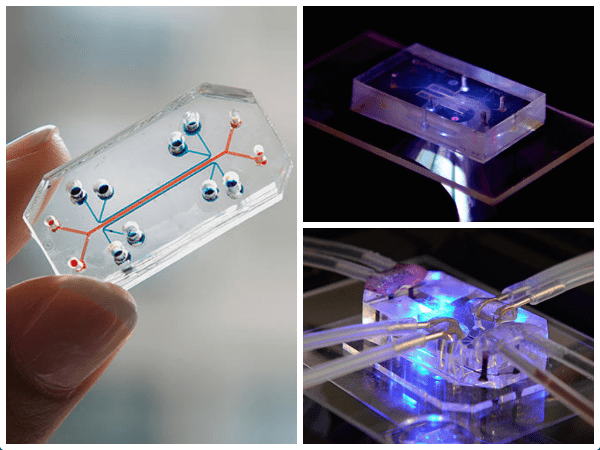
Here at ZME Science we often report on cutting edge developments and various medical breakthroughs that offer novel treatments and such. Most of these drugs or techniques are first studied on animal models, and while they hold great promise, it’s most often than not that the desired response isn’t replicated in humans. This translates in millions flushed down the drain as scientists have to get back to the drawing board. A team of US researchers is developing a tool that might change all this; they plan on devising a chip that mimics various biological functions in the human body. If it’s found effective, drug companies could forego animal testing, and significantly cut down costs and research time.
A while ago, Andrei wrote a feature explaining why drug research takes so long – 10-15 years and $4 billion spent on average. Even so, 90% of drugs never hit the market.
One 2008 study estimated 115 million animals are used a year for scientific research alone. Moreover, it’s believed ‘animal models’ are only typically 30% to 60% predictive of human responses to new drugs. That drug that prevents autism might work nicely for rats, but not that much for humans. This is why the US Food and Drug Administration (FDA) and the US military’s research and development wing, DARPA, are funding a project that seeks to develop alternatives to animals in drug testing development.
Namely, the ‘Organs-on-chip’ – a series of interconnected plastic chips, fitted with vessels, flexible membranes and tiny channels that are lineup with human cells. These are thought to mimic human cellular response far more effectively and realistically than petri dish cultures.
“The first program began about five years, ago, with lung-on-a-chip,” says Geraldine Hamilton, a senior staff scientist at Harvard University’s Wyss Institute for Biologically Inspired Engineering, which has led the technology’s development and is launching a new startup company this week to bring it to the commercial market. “We’ve also got the lung, gut, liver and kidney. We’re working on skin. The goal is really to do the whole human body, and then we can fluidically link multiple chips to capture interactions between different organs and eventually recreate a body on a chip.”
The structure can mimic the inhalation of, say, an asthma medication into the lungs and, later, how it’s broken down in the liver. More than 10 different organ-on-a-chip models, including chips that mimic liver, gut, kidney, and bone marrow have been developed thus far.
Is this the end of animal testing?
Let’s not kid ourselves. Even if the organ-on-a-chip proves to be extremely accurate, animal testing won’t end anytime soon. The entire model currently in use that guides drug development would have to change. The FDA, for instance, would have to stop requiring animal test data before a drug enters human trials. This means the alternative technology needs to prove itself that it can provide data at least just as accurate as animal models do. Overall, personally, I have faith this is the best route science needs to take. Years from now, hopefully not that many, animal testing will be seen as obsolete and unnecessarily barbaric.
“This is a big win towards achieving our institute’s mission of transforming medicine and the environment by developing breakthrough technologies and facilitating their translation from the benchtop to the marketplace,” said Wyss Institute Director Donald Ingber, who led the organs-on-chips effort.
source: Harvard






